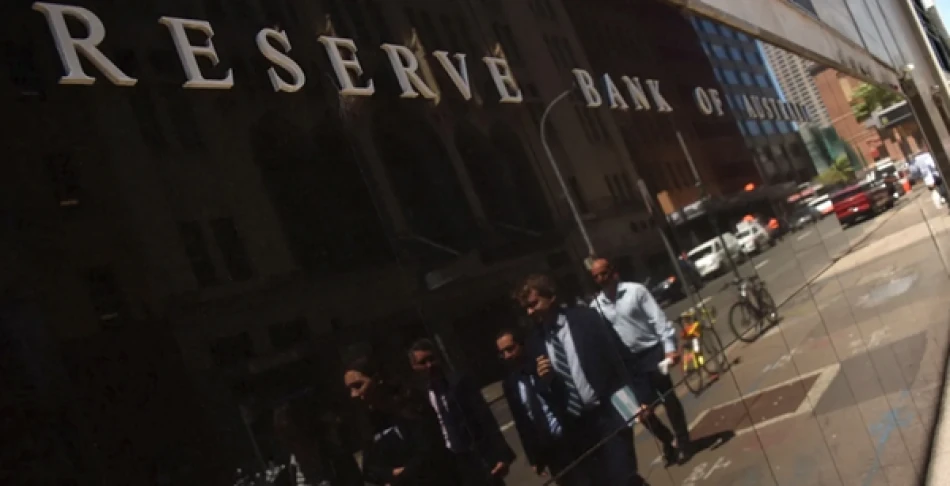
Australian Central Bank Cuts Interest Rates by 0.25%
Australia's Central Bank Delivers Third Rate Cut as Economic Pivot Accelerates
The Reserve Bank of Australia slashed interest rates by 25 basis points to 3.6% on Tuesday, marking the third consecutive cut in 2025 and signaling a dramatic shift from the hawkish monetary stance that defined the post-pandemic era. The move brings rates to their lowest level since March 2023, as Australia joins a growing chorus of central banks pivoting toward monetary easing.
The Rapid Unwinding of Australia's Rate Cycle
Australia's monetary policy reversal has been swift and decisive. After holding rates steady for months, the RBA broke the ice in February 2025 with its first cut since October 2020, reducing rates from their peak to 4.35%. A second 25 basis point reduction followed in May, bringing rates to 3.85%, before Tuesday's latest move to 3.6%.
This 75 basis point reduction over less than six months represents one of the most aggressive easing cycles Australia has undertaken in recent years, reflecting growing confidence that inflationary pressures are sufficiently contained to prioritize economic growth.
Global Context: Australia Follows the Pack
Australia's pivot mirrors similar moves across developed economies, as central banks worldwide shift from inflation-fighting mode to growth preservation. The Federal Reserve has been signaling its own dovish turn, while the European Central Bank has already begun cutting rates. This coordinated easing creates a supportive environment for risk assets and emerging market currencies.
However, Australia's position as a commodity-dependent economy adds unique dynamics to its monetary policy calculus. Lower rates could support domestic demand while potentially weakening the Australian dollar—a double-edged sword for an economy heavily reliant on commodity exports priced in USD.
Market Implications and Investment Outlook
For investors, Australia's rate cuts signal several key opportunities and risks. Equity markets typically benefit from lower borrowing costs, particularly interest-sensitive sectors like real estate and utilities. The ASX has already shown positive momentum in anticipation of continued easing.
Currency traders face a more complex picture. While lower rates traditionally weaken a currency, Australia's terms of trade and commodity price dynamics could offset some downward pressure on the AUD. Much depends on China's economic trajectory and global commodity demand.
Bond markets are likely to see continued flattening of the yield curve, with long-term rates potentially falling further if the RBA signals additional cuts ahead.
What Lies Ahead: Testing the Limits of Accommodation
The critical question facing the RBA is how much further rates can fall without reigniting inflationary pressures or creating asset bubbles. At 3.6%, rates remain well above the near-zero levels seen during the pandemic, providing room for additional cuts if economic conditions deteriorate.
Australia's housing market, already showing signs of renewed strength, will be closely watched as lower rates could fuel another property boom. The RBA will need to balance growth support against financial stability concerns—a challenge that has proven difficult for central banks globally in recent cycles.
With inflation appearing tamed and growth concerns mounting, Australia's monetary experiment is just beginning. The success of this easing cycle will largely depend on whether the RBA can engineer a soft landing while avoiding the boom-bust dynamics that have characterized previous rate cycles.
Most Viewed News

 Layla Al Mansoori
Layla Al Mansoori






